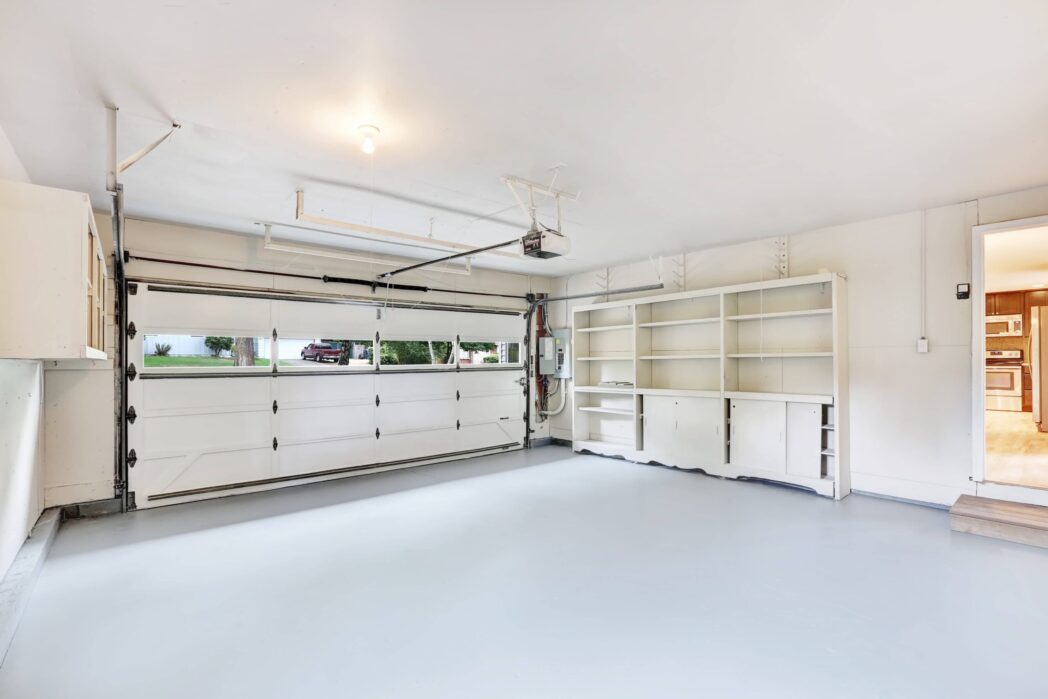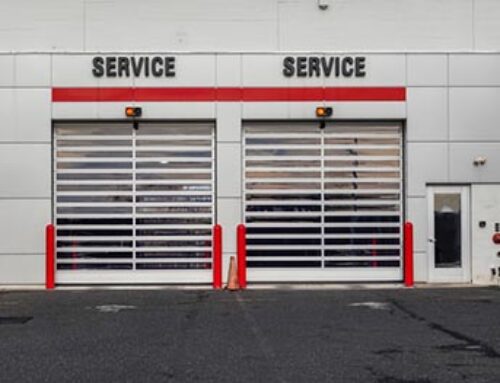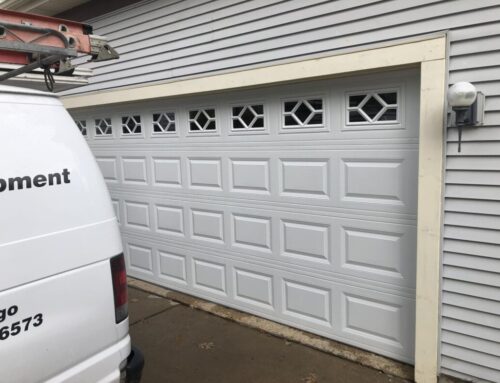Why Does a Garage Door Have Tracks?
Garage doors have tracks primarily to guide and facilitate the movement of the door as it opens and closes. The tracks are essential components of the garage door system and serve several important functions:
- Guidance for Movement: The tracks provide a designated path for the garage door to follow as it moves up and down. This ensures a smooth and controlled motion, preventing the door from swinging out of place or becoming misaligned.
- Stability and Balance: The tracks contribute to the stability and balance of the garage door. They help distribute the weight of the door evenly, reducing the stress on the various components of the door mechanism.
- Safety: Properly installed and maintained tracks enhance the safety of the garage door system. They help prevent the door from falling or becoming dislodged during operation, reducing the risk of accidents or injuries.
- Smooth Operation: The tracks, in conjunction with other components like rollers, cables, and springs, contribute to the overall smooth operation of the garage door. This ensures that the door opens and closes efficiently without jerky movements.
- Alignment: The tracks play a crucial role in maintaining the alignment of the garage door. Proper alignment is essential for the door to function correctly, preventing issues such as uneven movement, jamming, or difficulty in opening and closing.
Garage door tracks are typically made of durable materials such as steel or aluminum to withstand the weight and stress of the door. They come in various configurations, including vertical and horizontal tracks, depending on the type of garage door (e.g., sectional, roll-up, or tilt-up).
Regular maintenance and proper installation of tracks are important to ensure the smooth and safe operation of the garage door. This includes periodic cleaning, lubrication of moving parts, and checking for any signs of wear or damage in the tracks.






